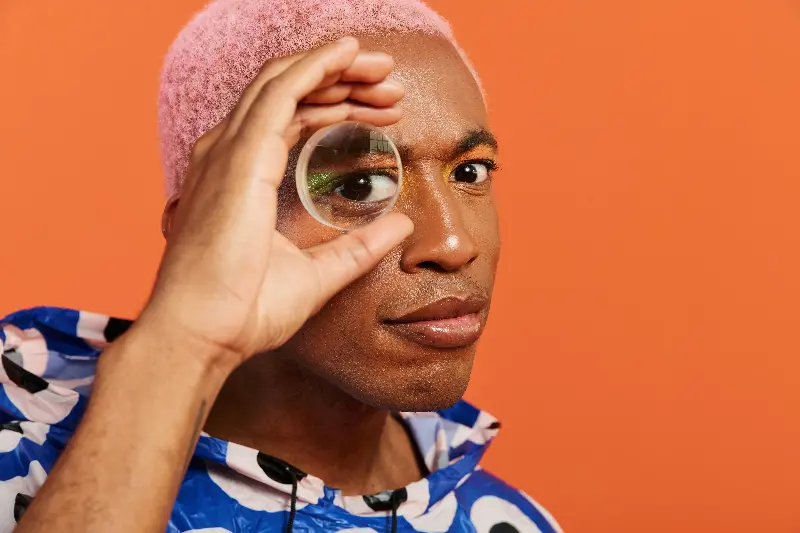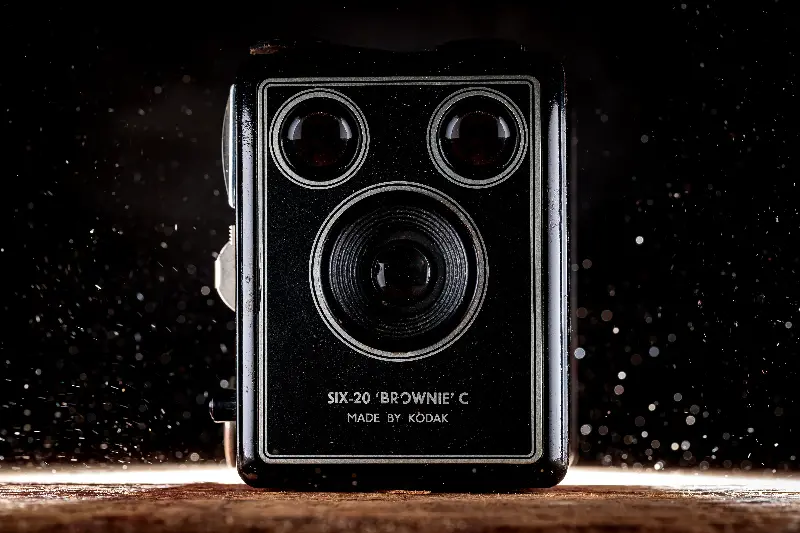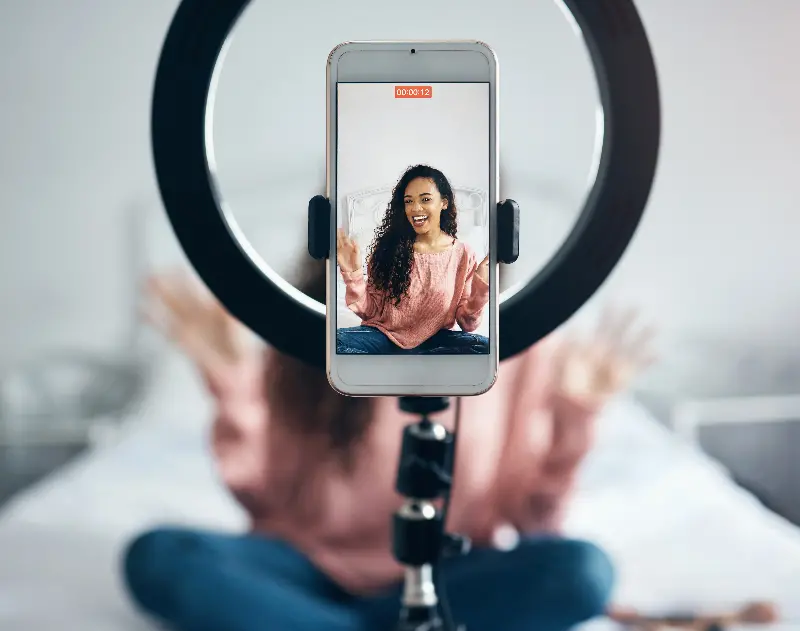
Long before filtered selfies or online fame, the story of the lens began as an obscure curiosity. Although the ancient Greeks and Romans understood the basics of magnification, the very first lenses, made from polished crystals, emerged over 4,000 years ago in Mesopotamia. However, true breakthroughs came much later—in the heart of Renaissance Italy.
In the late 1200s, craftsmen in Venice and Florence began to grind glass into shapes that could aid failing eyesight. The first spectacles, perched awkwardly on noses, were reserved for monks and scholars. The invention of the lens not only illuminated manuscripts but also transformed how people saw the world—literally and figuratively.
Rivalry: A Race to Capture Reality
By the 17th century, a fierce competition erupted across Europe—not for fame, but knowledge. The microscope, believed to be invented in the Netherlands by Hans and Zacharias Janssen, unlocked the mysteries of the microscopic world. Meanwhile, Galileo Galilei modified the telescope to gaze into distant galaxies, sparking an astronomical revolution.
The momentum of discovery stirred rivalries:
- Italian vs Dutch lensmakers: Each rushed to perfect telescopes and microscopes, eager to outdo one another and secure royal patronage.
- Newton vs Hooke: A heated debate over the nature of light—was it a wave or a particle?—pushed both men to develop better optical lenses.
These rivalries didn’t just fuel innovation; they shaped our understanding of nature itself.

The Lens and the Birth of Visual Influence
Jump ahead to the 19th century and the lens had a new mission—capturing reality for posterity. The birth of photography can be traced to Joseph Nicéphore Niépce, who took the world’s first permanent photograph in 1826 using a simple camera obscura and a lens. Soon after, Louis Daguerre’s daguerreotype technique revolutionised portraiture, making personal likenesses accessible beyond the aristocracy.
As camera technology improved, so did society’s fascination with images. Visual documentation spread rapidly—from family albums to news events. Lenses transformed history into something you could see, not just read about.
- Key Fact: The rise of small, portable cameras like the Kodak Brownie in 1900 allowed ordinary people to become storytellers, snapping candid moments from their own lives.
From Glass to Glamour: Lenses Fuel Influencer Culture
In the 21st century, the humble lens sits at the heart of a digital revolution. The convergence of social media and high-quality smartphone lenses has forged a new breed of celebrity: the influencer. With millions glued to their screens, anyone armed with a camera and charisma can shape global trends—instantly.
Consider this:
- Instagram, launched in 2010, is now powered by billions of daily photos—none possible without lens innovation.
- Algorithms favour striking visuals, propelling ordinary individuals into international stardom overnight.
- The “selfie”—a term now embedded in global vocabulary—owes its very existence to pocket-sized optical breakthroughs.
Every viral post, fashion explosion, or culinary craze is amplified through glass lenses engineered centuries ago.

Whether magnifying the wings of a fly or broadcasting life’s highlights to millions, lenses remain our windows to the world. With every advancement, from augmented reality to drone photography, the boundaries of influence stretch further. What new ways of seeing—and being seen—will the next great optical leap unveil? The hidden history behind lenses reminds us that what we focus on can change our reality. Where will you turn your lens next?
